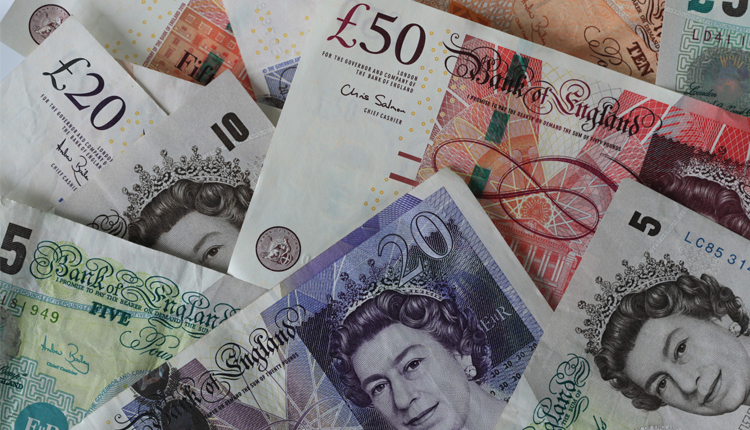The British pound jumped on Thursday on a report that UK Prime Minister Theresa May has struck a deal with Brussels on financial services, while the dollar held near a 16-month high versus a basket of its key rivals on strong U.S. economic data.
The greenback got a lift overnight after the ADP national employment report showed that U.S. private sector payrolls increased by the most in eight months in October, confirming that the economy continues to grow at a relatively robust pace.
That reinforced expectations for continued rate increases by the Federal Reserve, with a 25-basis-point hike seen in December and potentially two more in 2019.
The dollar index, a gauge of its value versus six major peers moved a touch down at 96.91, still close to a 16-month high of 97.2 hit in the previous session.
The spotlight in the Asian morning fell on the sterling, which jumped as much as 0.6 percent against the dollar following a report by the Times of London that May has struck a deal with Brussels on financial services. This would give UK financial services companies continued access to European markets after Brexit.
The pound, which was last $1.2843, up 0.62 percent on the day, has lost 3.6 percent versus the dollar over the past three weeks as markets fretted over whether Britain would secure an orderly exit from the European Union.
Traders are also looking ahead to the Bank of England’s (BoE) monetary policy decision later on Thursday. Economists polled by Reuters expect the nine members of the BoE’s Monetary Policy Committee to have voted unanimously to keep rates on hold this month, and on average do not see a further rate rise until May.
“UK is still no closer to an agreement. They are beyond the critical period of negotiations which means BoE governor Mark Carney will be even more worried about the downside risks,” said Kathy Lien of BK Asset Management.
“As a result, traders cannot count on the central bank to rescue the pound because they’ve made it clear that the outlook for the UK economy hinges on Brexit negotiations.”
The yen was up a touch on the dollar at 112.78. The Japanese currency weakened to a three-week low of 113.38 on Wednesday after the BOJ signalled its intention to maintain its ultra loose monetary policy for some time.
Although monetary divergence between the Fed and BOJ gives the dollar the upper hand versus the yen in the medium term, some analysts believe the yen may actually strengthen in coming months.
“This year the yen’s function as a safe haven currency has been diluted by the higher returns on offer from the dollar,” said Jane Foley, currency strategist at Rabobank in a note.
“However, the risk of a worsening in the US-China trade war, slowing global growth and the potential for slowing US growth and a plateauing of Fed rates suggest that the yen could win back some ground versus the greenback next year.”
Rabobank is looking for a move to 110 around the middle of next year.
The euro was fetching $1.1333, gaining 0.2 percent, having lost ground in the last three consecutive trading sessions, pressured by weak euro zone data as well as Italian budget worries and Brexit woes.
Source: Reuters
